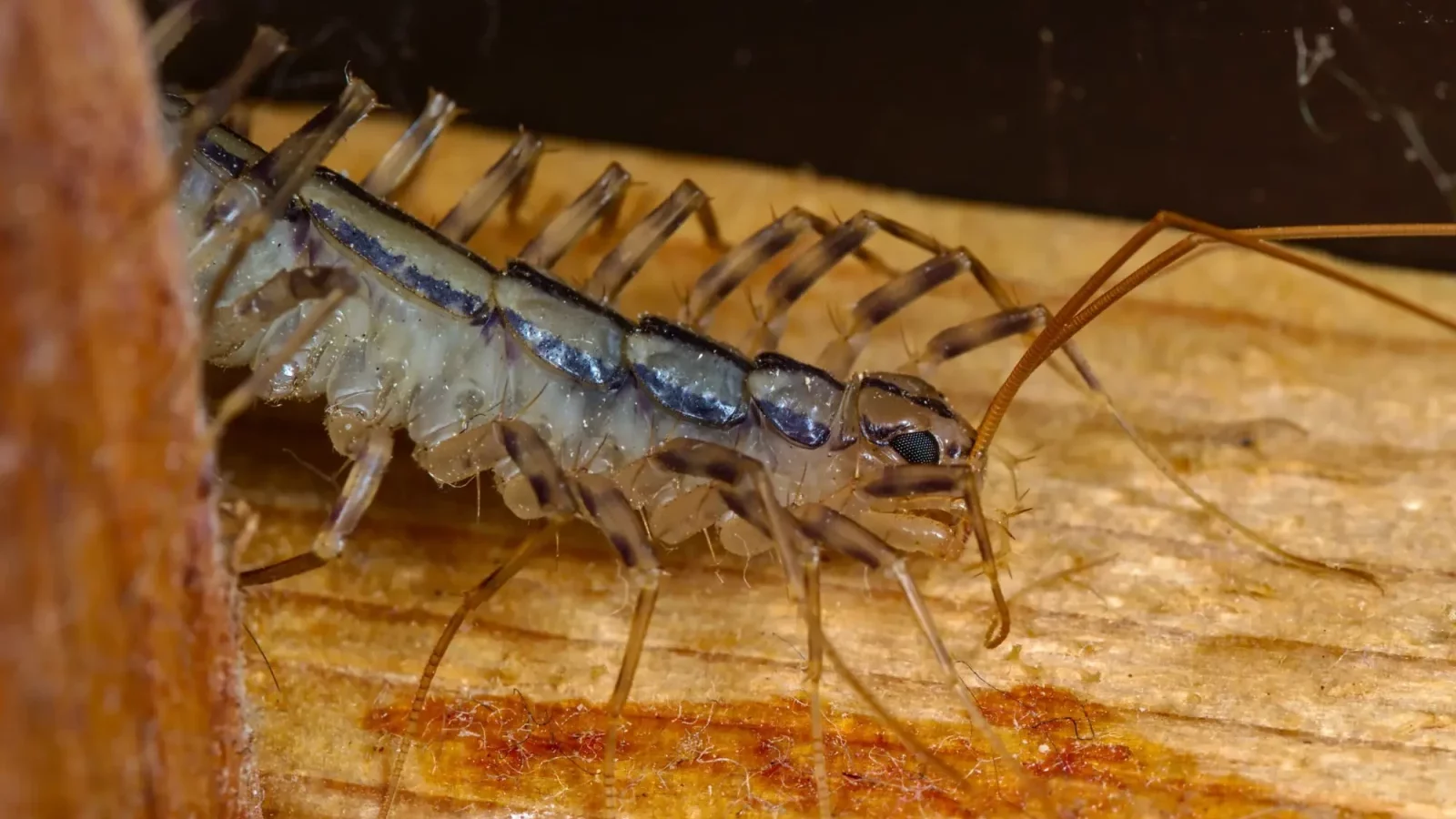
Look for chewed edges or small holes in books, documents, or cardboard.
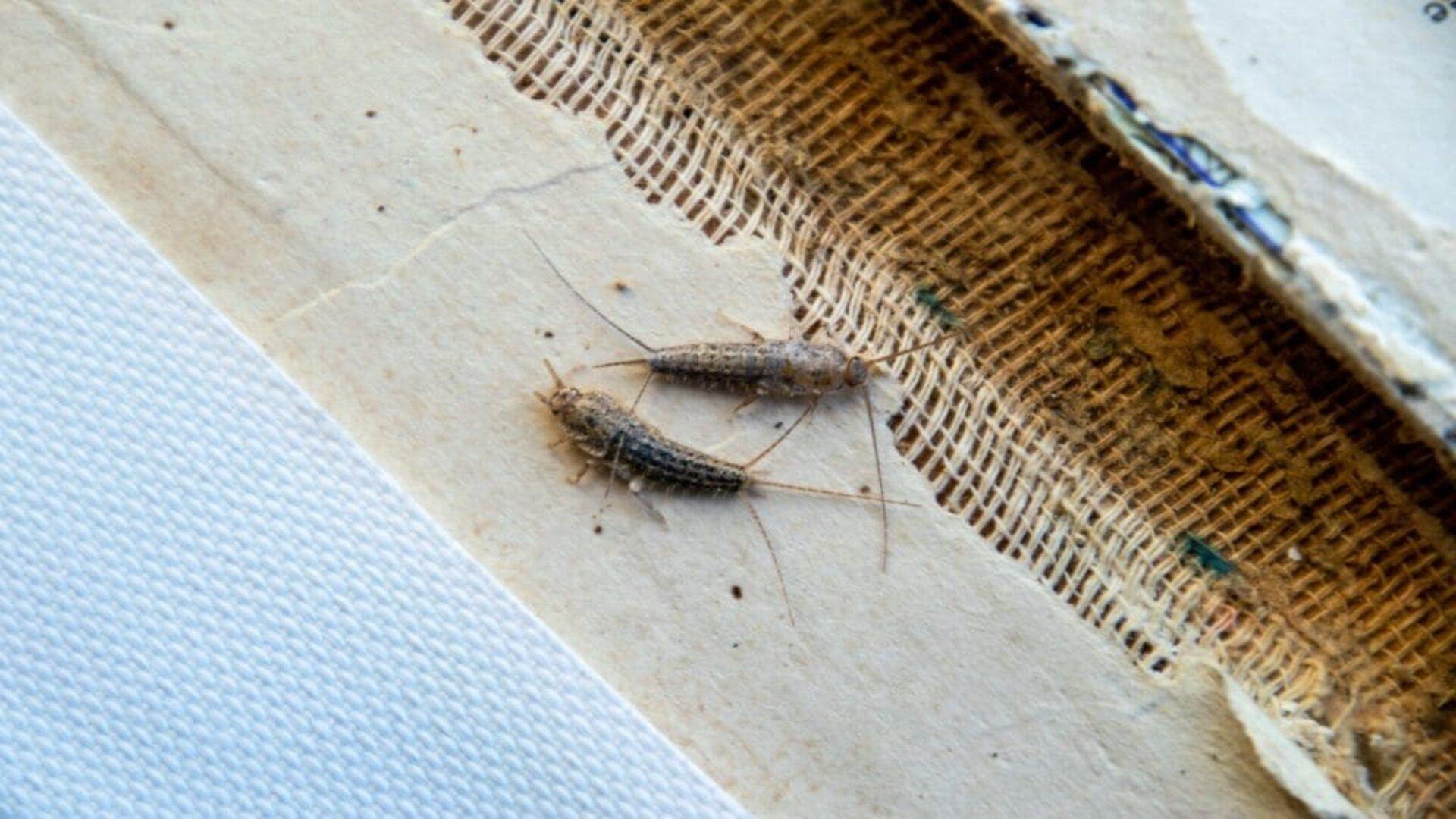
Check for contamination in dry goods like cereal, flour, or sugar.
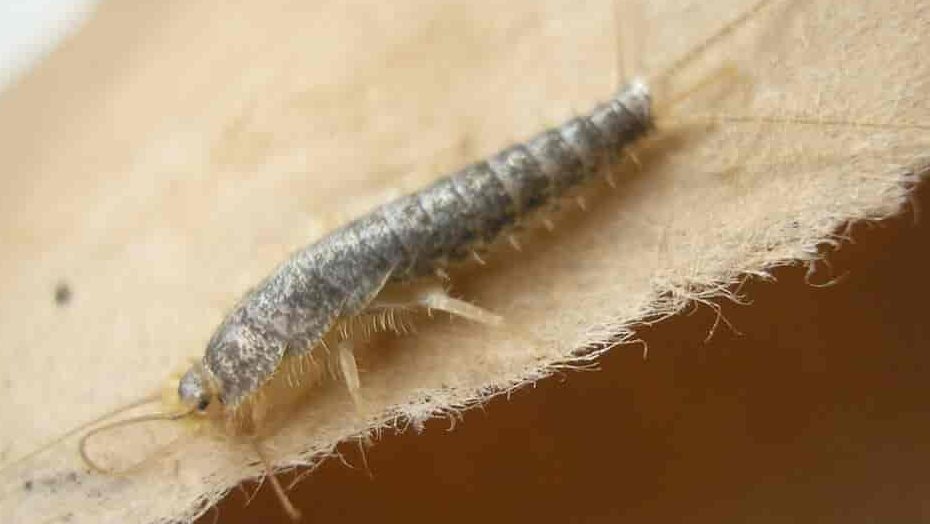
Inspect your wardrobe for holes or irregular tears in fabrics.
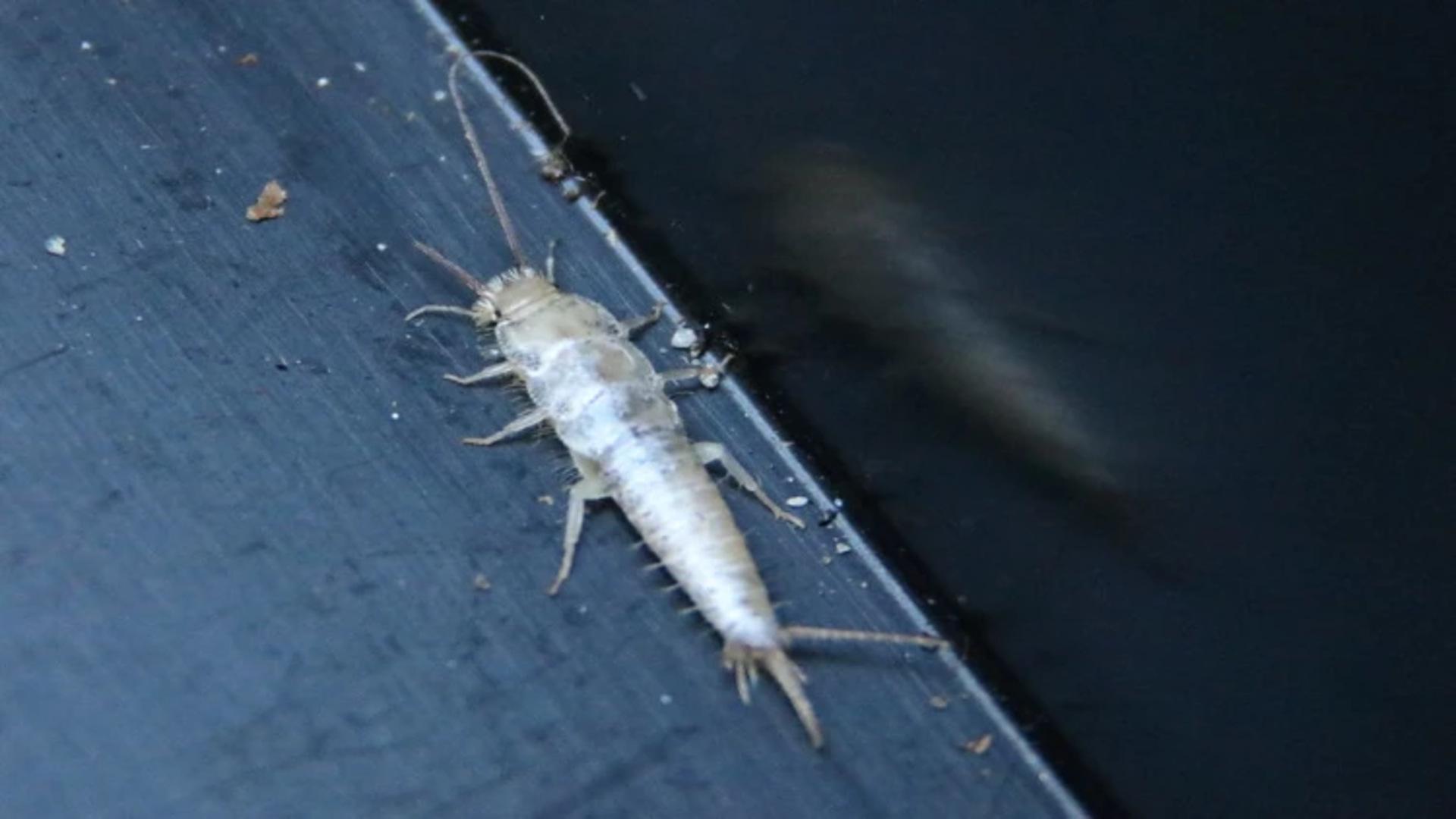
Find them hiding in dark, damp areas like under sinks or near drains.
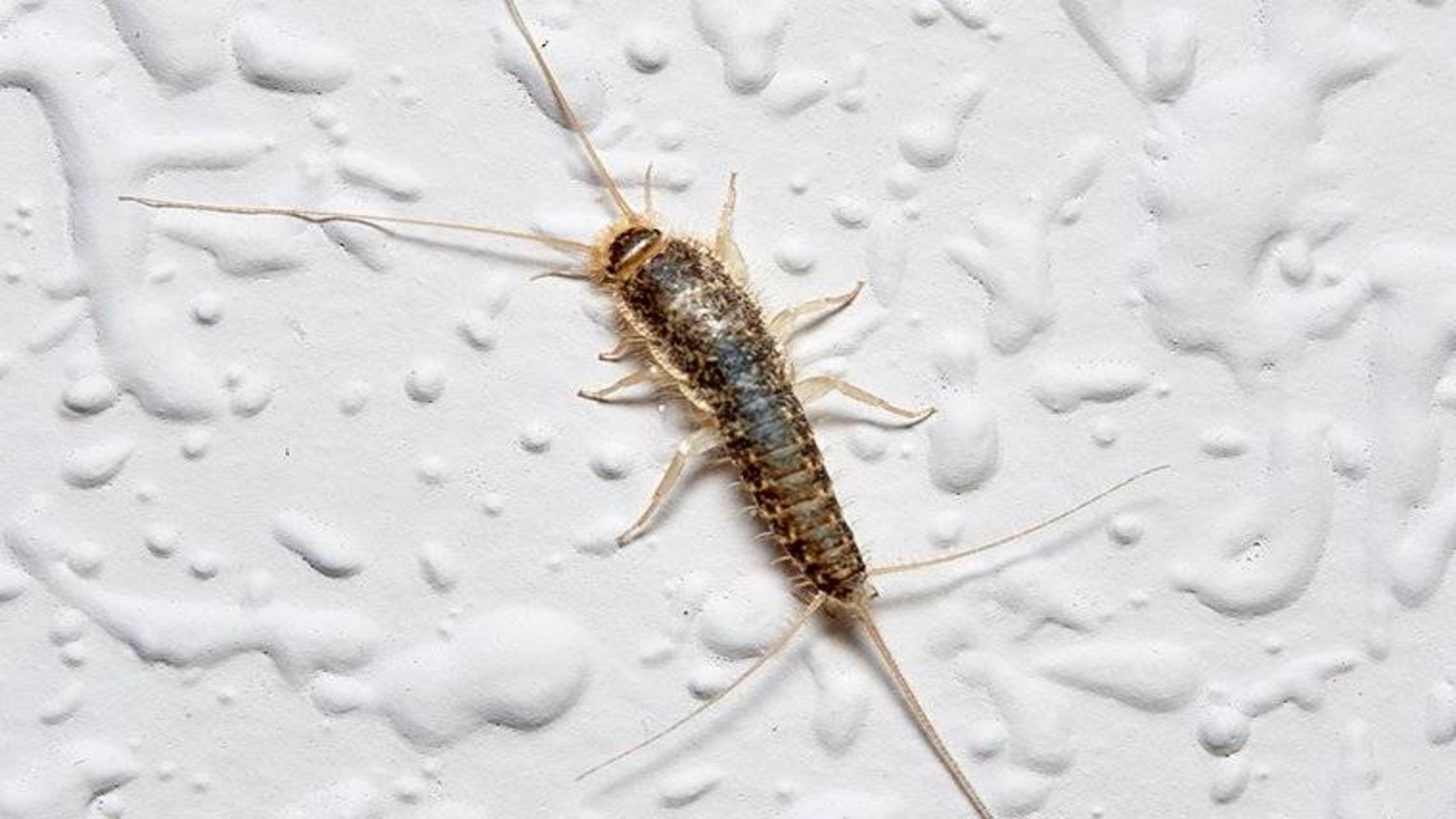
Watch for peeling wallpaper or damage to adhesives.

The most prevalent type, found in kitchens and bathrooms.
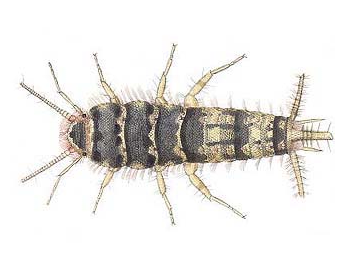
Prefer warmer areas like attics or near heaters.
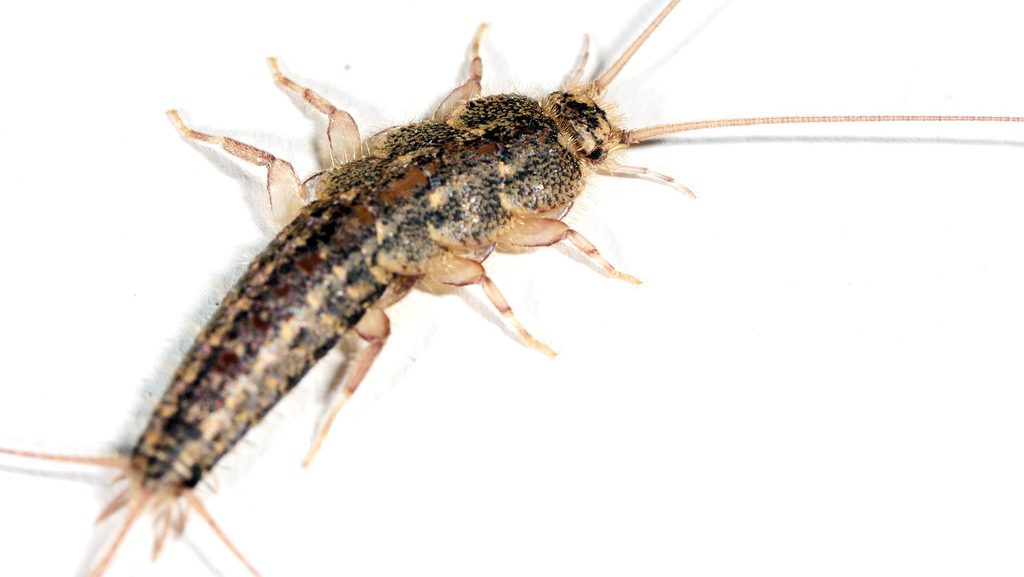
Smaller in size and often found outdoors.
Silverfish are among the oldest insects, dating back 400 million years.
They can survive without food for weeks.
Silverfish molt throughout their lives, unlike most insects.
These insects have no wings but can move quickly in a fish-like wriggling motion.
Silverfish have long antennae and cerci, giving them their distinctive bristly appearance.
They are light-sensitive and avoid brightly lit areas, preferring to hide in dark spaces.
Silverfish can digest cellulose, making them capable of damaging books, wallpaper, and fabrics.
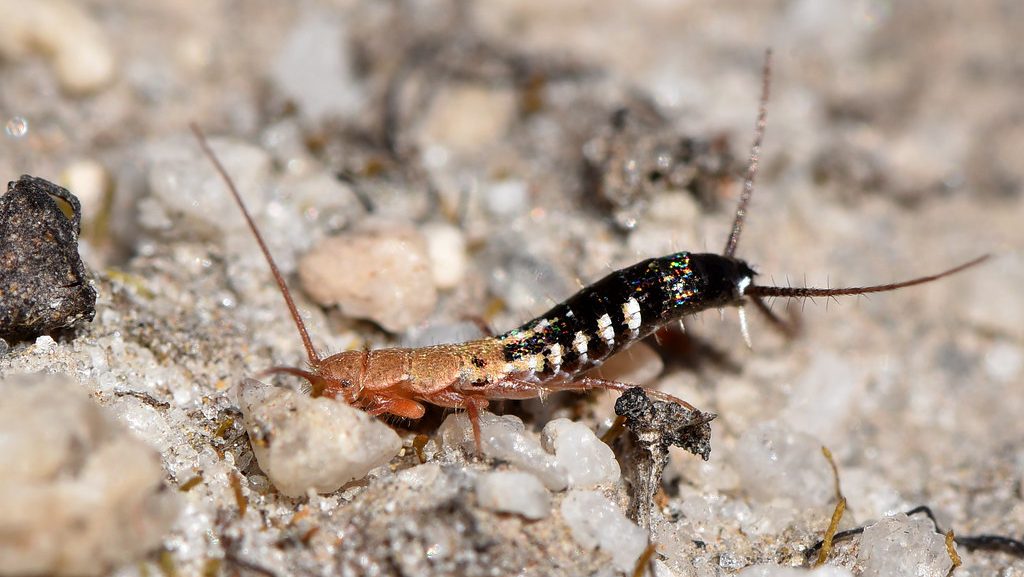
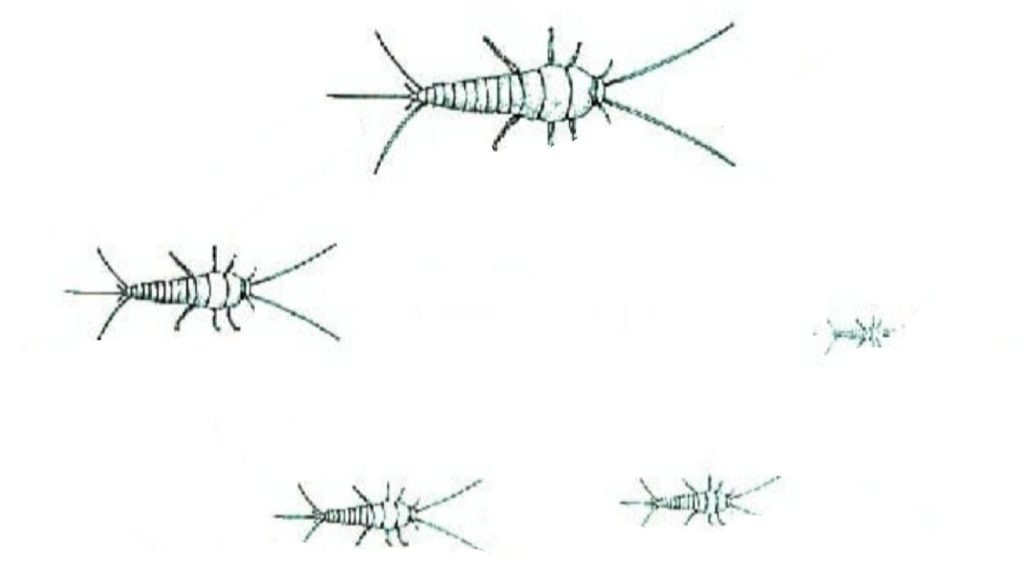
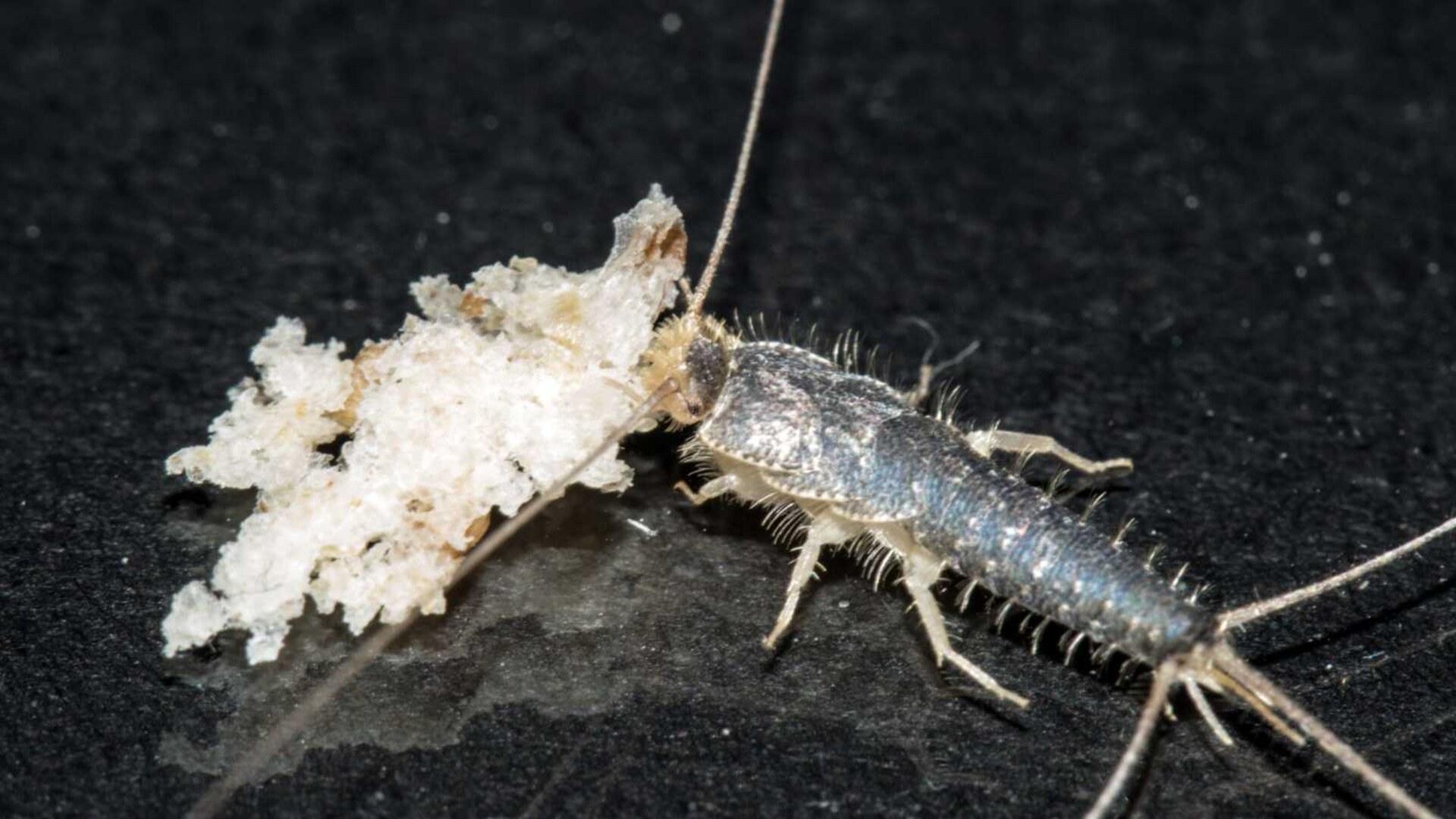
Use sticky traps near infestation sites to catch silverfish.
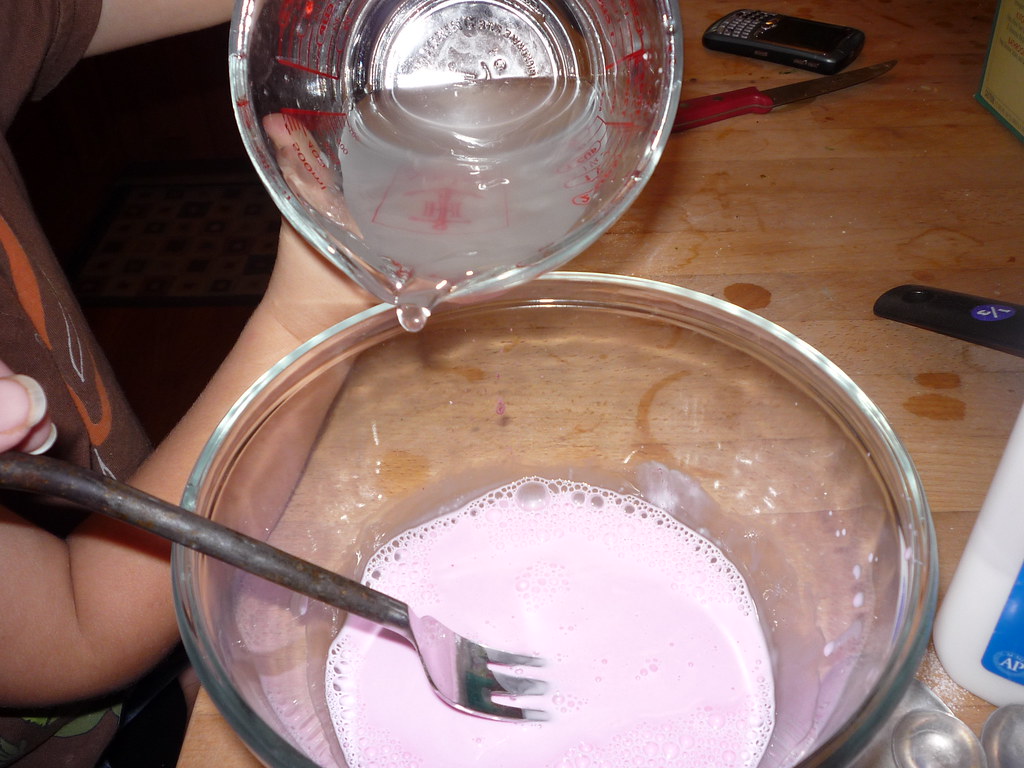
Sprinkle in corners or behind appliances to kill silverfish.

Apply lavender or cedar oil as a natural repellent.

Contact experts for a thorough inspection and long-term solutions.
You can use dehumidifiers, seal entry points, remove food sources, and use traps or insecticides. Silverfishes hate direct sunlight, so ensure that doors and windows are opened during the peak hours of sunlight.
Silverfish typically enter homes through cracks and windows, and by hitching a ride on infested items. Like fleas, silverfish are also hitchhikers. they tag along damp boxes, books, food, and clothes and enter your homes.
Maintaining low humidity levels, sealing cracks, and reducing clutter can help prevent silverfish infestations. Organize and clean your home at regular intervals to avoid silverfish laying eggs in your attic or bookshelves.
Silverfish are attracted to moisture, starchy foods, and dark, undisturbed areas.
Seeing more than a few silverfish regularly can indicate an infestation, especially if found in multiple areas of the home. Regularly inspect your home for silverfish infestations and call for expert silverfish treatment services, if the damage is severe.
You can use natural repellents like cedar oil, citrus sprays, and diatomaceous earth can help keep silverfish at bay.
Silverfish lay eggs in hidden, moist areas such as crevices, cracks, and behind baseboards.
Store books and clothes in dry, sealed containers and reduce humidity levels to prevent silverfish damage.
Silverfish live in damp, dark areas. Common habitats of silverfishes include basements, bathrooms, kitchens, attics, storage boxes, behind wallpaper and in-book bindings, basements, and crawl spaces. They prefer environments with high humidity levels, typically above 75%.
While silverfish are not harmful to humans and do not carry diseases or bite, they can cause significant damage to household items. Their feeding habits can ruin books, clothing, wallpaper, and food, leading to costly repairs and replacements.
